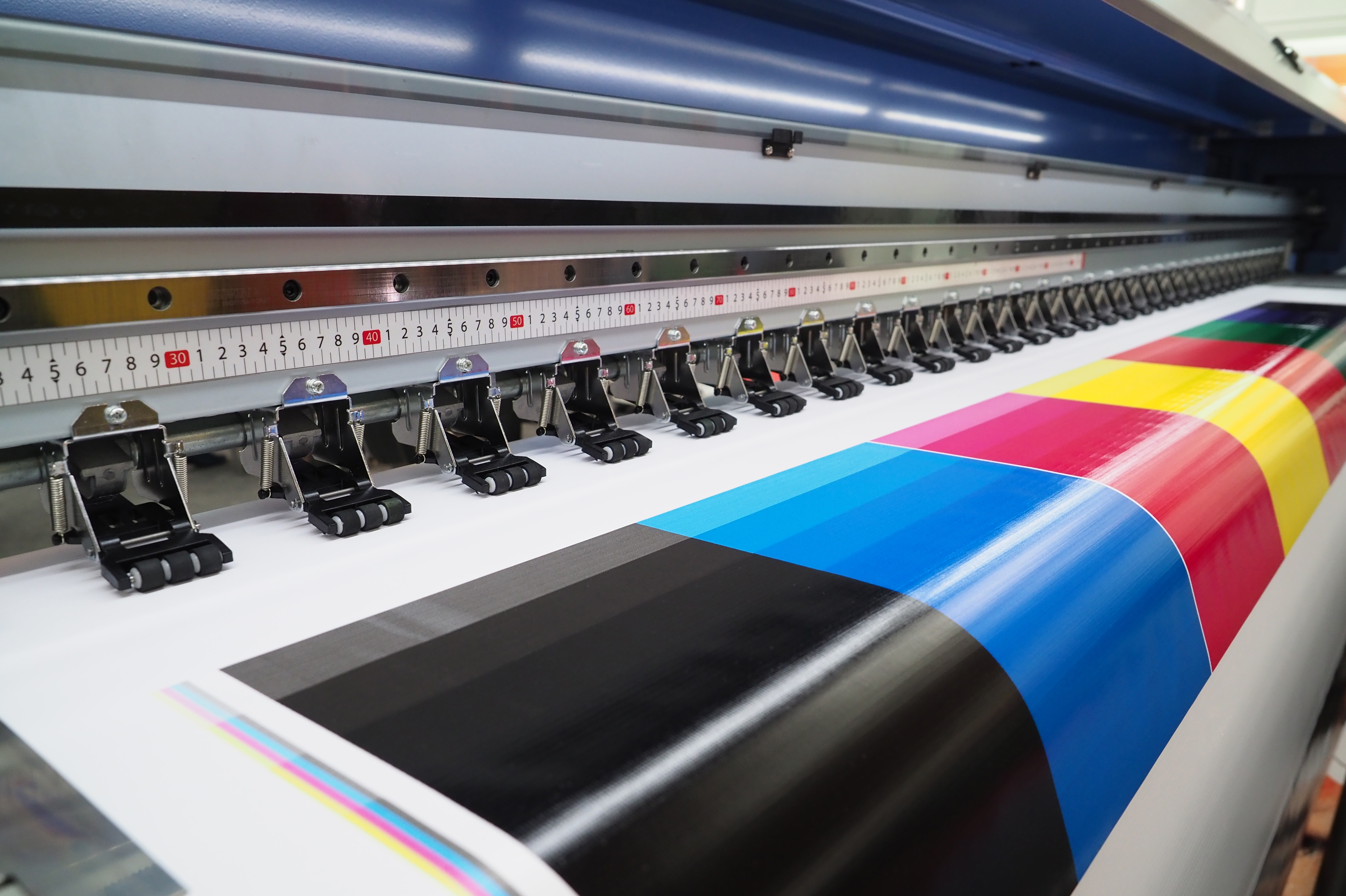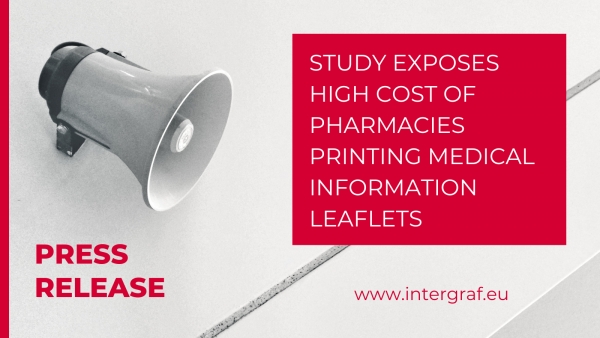14 December 2021

The importance of standards for print production
It is interesting to note that ISO 1, the first and presumably the most important International Standard, specifies a standard temperature of 20 °C.
Yes, that is it. Just a standard temperature. Well, not quite, ISO 1 also defines the concept of a standard reference temperature and that is the clue to its importance.
When measuring the length of a standard metal ruler, for example, it is important that measurement is always done in the same environment because temperature is the most important environmental factor. Many other measurement standards depend on ISO 1 and we all expect to be able to buy a nut to fit our standard size bolt.
Today it is impossible to produce anything more sophisticated than a potato print without the help of standards, although in practice even that may be difficult. This document is being typed on a QUERTY keyboard which is producing ASCII characters presented in a PDF document and displayed on an HDMI display to name only a few of the several hundred standards being implemented.
In the area of print production, a hierarchy of standards starts with standards for measuring paper, ink, and colour characteristics. Building on these printers can produce work using one technology or method that can be matched on another. This is useful for printing proofs or a small number of reprints on a digital press. ISO standards ensure that the colour of two packages produced in different regions precisely match on the supermarket shelf. In recent years we have seen the adoption of higher level, more complex standards to measure the effectiveness of our business processes, production efficiency and environmental impact.
In many cases standards are adopted "because we have to" and "our customers expect it". These in themselves are motivation enough, but ISO standards bring other benefits as well. Clear communication with customers and accurate print production may both have an initial cost but have long term benefits because they avoid miscommunication and rejected prints.
The last twenty years have seen the development and widespread adoption of standards for communication of images and documents: JPEG, TIFF, PNG, HEIF, PDF, XML, HTML, and others. We have also seen standardisation of colour communication using CIELAB and ICC Profiles and huge improvements in the precision with which we can press ink onto paper and other substrates.
The use of standard printing conditions is almost universal (be it by choice or by default) for four-colour printing. Control of packaging printing using special inks benefits from a range of standards for specifying aim values and controlling the printed result. We are taking steps towards measuring and controlling the environmental impact of print.
The ISO process is designed as a two-way, consensual process. At each step-in document development, drafts are shared with an international community of experts for review and comment. The comments are reviewed and resolved with these experts who correct any problems identified and select the best ideas suggested.
This can be a tedious process at times but anyone who cares about the future of the graphic arts is encouraged to get involved.
The BPIF chairs the BSI Technical Committee (PAI/43) which supports in the development of industry standards. If you would like to find out more about standards and technical support email [email protected].
References:
The importance of standards for print production | BSI (bsigroup.com)
www.bsigroup.com/en-GB/industries-and-sectors/manufacturing-and-processing/graphic-technology
 Intergraf Economic News (Paper Prices) - March 2024
Intergraf Economic News (Paper Prices) - March 2024
18 March 2024
Access the latest edition of the Economic Newsletter for the European Printing Industry for data on paper consumption, and pricing data for pulp, paper and recovered paper. Data for packaging papers and board is also available with this edition.
 STUDY EXPOSES HIGH COST OF PHARMACIES PRINTING MEDICAL INFORMATION LEAFLETS
STUDY EXPOSES HIGH COST OF PHARMACIES PRINTING MEDICAL INFORMATION LEAFLETS
7 March 2024
Intergraf welcomes the release of a study by our partner MLPS (Medical Leaflet = Patient Safety), a subgroup of the European Carton Manufacturers Association (ECMA) shedding light on the potential economic costs associated with the proposed use of Print on Demand (PoD) leaflets in the pharmaceutical legislation revision.

The BPIF is the printing industries champion. By becoming a member you join a diverse and influential community. We help you solve business problems, connect you to new customers and suppliers and make your voice heard in government.
Call 01676 526030









